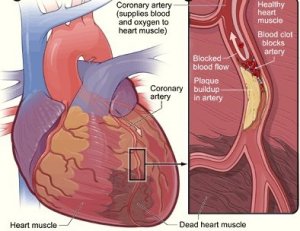| News / Science News |
LIGO and Virgo observatories jointly detect black hole collision
In August, detectors on two continents recorded gravitational wave signals from a pair of black holes colliding. This discovery, announced today, is the first observation of gravitational waves by three different detectors, marking a new era of greater insights and improved localization of cosmic events now available through globally networked gravitational-wave observatories.

Aerial view of the Virgo site, including the two perpendicular arms of its interferometer. ![]()
The collision was observed Aug. 14 at 10:30:43 a.m. Coordinated Universal Time (UTC) using the two National Science Foundation (NSF)-funded Laser Interferometer Gravitational-Wave Observatory (LIGO) detectors located in Livingston, Louisiana, and Hanford, Washington, and the Virgo detector, funded by CNRS and INFN and located near Pisa, Italy.
The detection by the LIGO Scientific Collaboration (LSC) and the Virgo collaboration is the first confirmed gravitational wave signal recorded by the Virgo detector.
The detected gravitational waves -- ripples in space and time -- were emitted during the final moments of the merger of two black holes, one with a mass about 31 times that of our sun, the other about 25 times the mass of the sun.
The event, located about 1.8 billion light-years away resulted in a spinning black hole with about 53 times the mass of our sun -- that means about three solar masses were converted into gravitational-wave energy during the coalescence. (National Science Foundation)
YOU MAY ALSO LIKE


